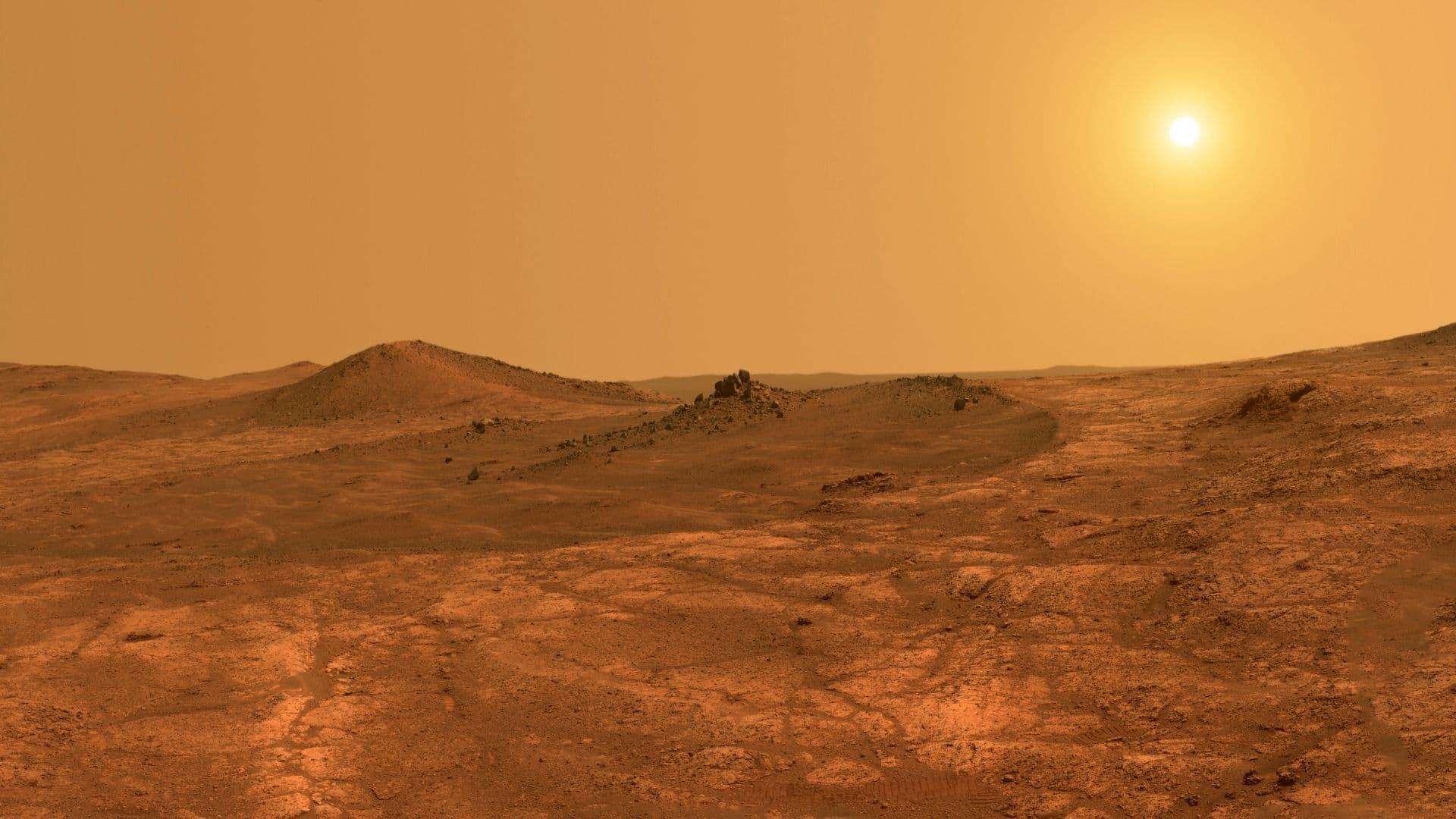
Scientists from ANU and the Chinese Academy of Sciences in Beijing have discovered 47 previously undetected marsquakes beneath the Martian crust in an area called Cerberus Fossae.
But what caused these marsquakes?
The study published in Nature communications shed light on this and found that volcanic activity beneath Mars’s surface could trigger marsquakes in a specific planet region.
The region on Mars called Cerberus Fossae is almost 20 million years old. It has been positively identified as the first tectonically active region on Mars. The movement of molten rock in the Martian mantle is the trigger for these 47 newly detected marsquakes beneath the Cerberus Fossae region, speculated scientists.
The magma activity in the Martian mantle is the cause of these newly detected marsquakes.
Geophysicist and co-author Professor Hrvoje Tkalčić from the ANU Research School of Earth Sciences said, “The repetitive nature of these quakes and they were all detected in the same area of the planet suggests Mars is more seismically active than scientists previously thought.”
“We found that these marsquakes repeatedly occurred at all times of the Martian day, whereas marsquakes detected and reported by NASA in the past appeared to have occurred only during the dead of night when the planet is quieter. Therefore, we can assume that the movement of molten rock in the Martian mantle is the trigger for these 47 newly detected marsquakes beneath the Cerberus Fossae region.”
Professor Tkalčić said the continuous seismicity suggests the Cerberus Fossae region on Mars is “seismically highly active.”
“Knowing that the Martian mantle is still active is crucial to understanding how Mars evolved as a planet. It can help us answer fundamental questions about the solar system and the state of Mars’ core, mantle, and the evolution of its currently-lacking magnetic field.”
Scientists collected data from a seismometer attached to NASA’s InSight lander for the study. They used a unique algorithm to the data to detect these marsquakes.
Scientists noted, “While the quakes would have caused some shaking on Mars, the seismic events were relatively small in magnitude and would barely be felt if they had occured on Earth. The quakes were detected throughout about 350 sols – a term used to refer to one solar day on Mars equivalent to about 359 days on Earth.”
According to Professor Tkalčić, the marsquake findings could help scientists determine why the Red Planet no longer has a magnetic field.
“The marsquakes indirectly help us understand whether convection is occurring inside of the planet’s interior, and if this convection is happening, which it looks like it is based off our findings, then there must be another mechanism at play that is preventing a magnetic field from developing on Mars.”
“All life on Earth is possible because of the Earth’s magnetic field and its ability to shield us from cosmic radiation, so without a magnetic field, life as we know it simply wouldn’t be possible.”
“Therefore, understanding Mars’ magnetic field, how it evolved, and which stage of the planet’s history it stopped is important for future missions and is critical if scientists one day hope to establish human life on Mars.”
Journal Reference:
- Sun, W., Tkalčić, H. Repetitive marsquakes in Martian upper mantle. Nat Commun 13, 1695 (2022). DOI: 10.1038/s41467-022-29329-x
https://www.techexplorist.com/volcanic-activity-beneath-mars-surface-rock-red-planet/46218/
2022-04-04 11:07:15Z
CAIiEP1EIeRYfmAmCWSDeGmD0fIqGQgEKhAIACoHCAowlZ30CjCwldUCMOyE3wY
Bagikan Berita Ini















0 Response to "Volcanic activity beneath Mars’ surface rock Red Planet - Tech Explorist"
Post a Comment